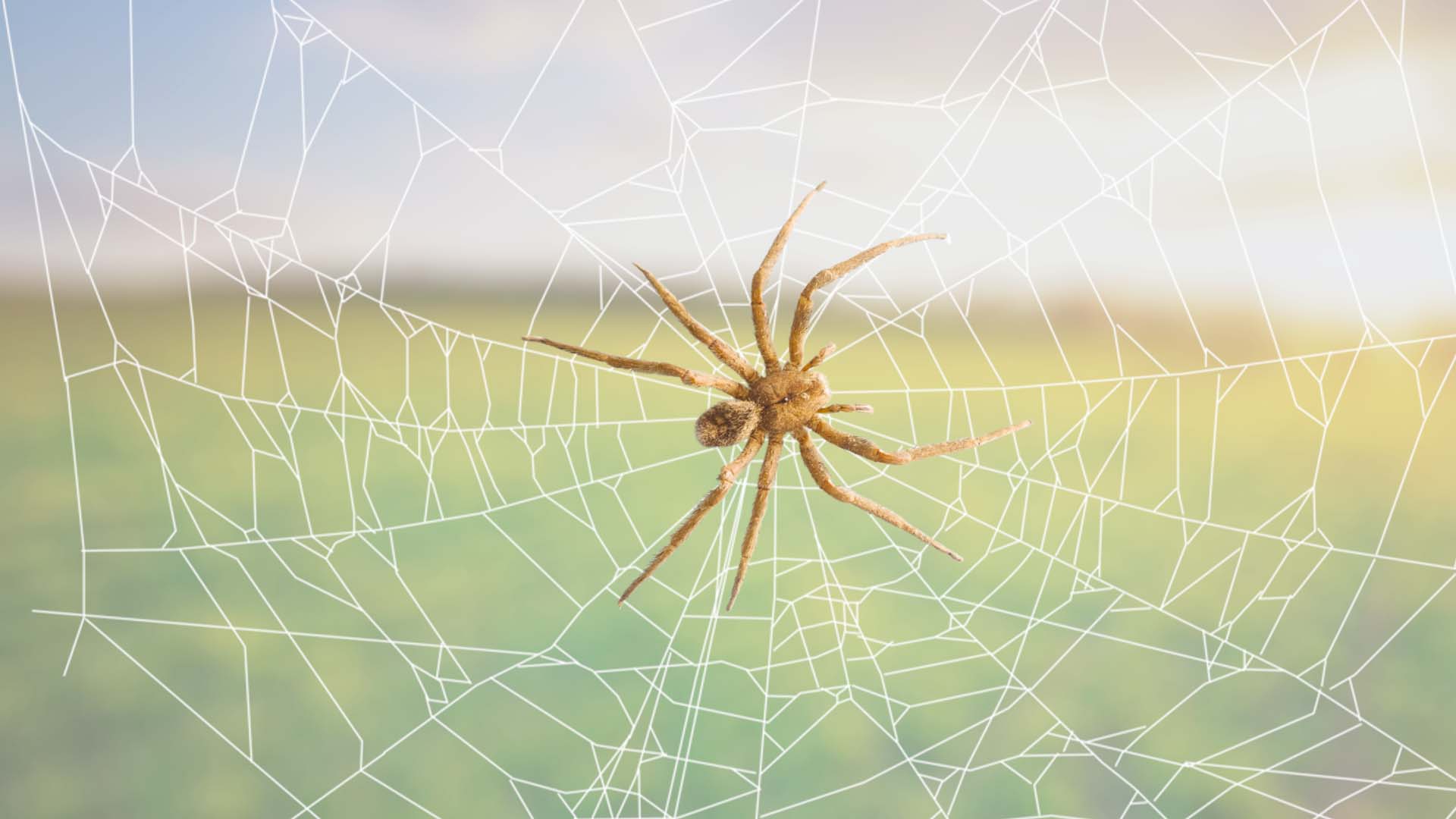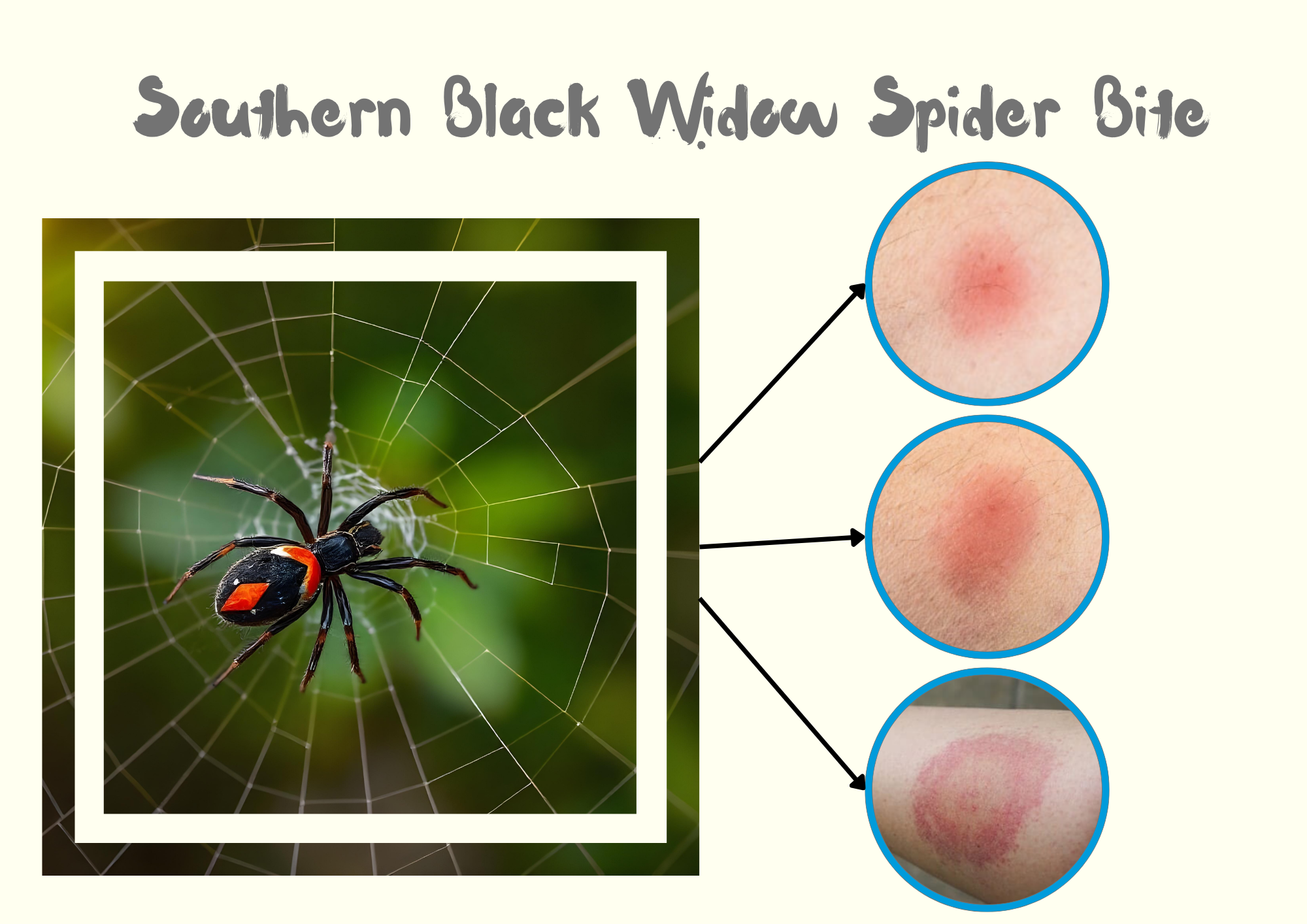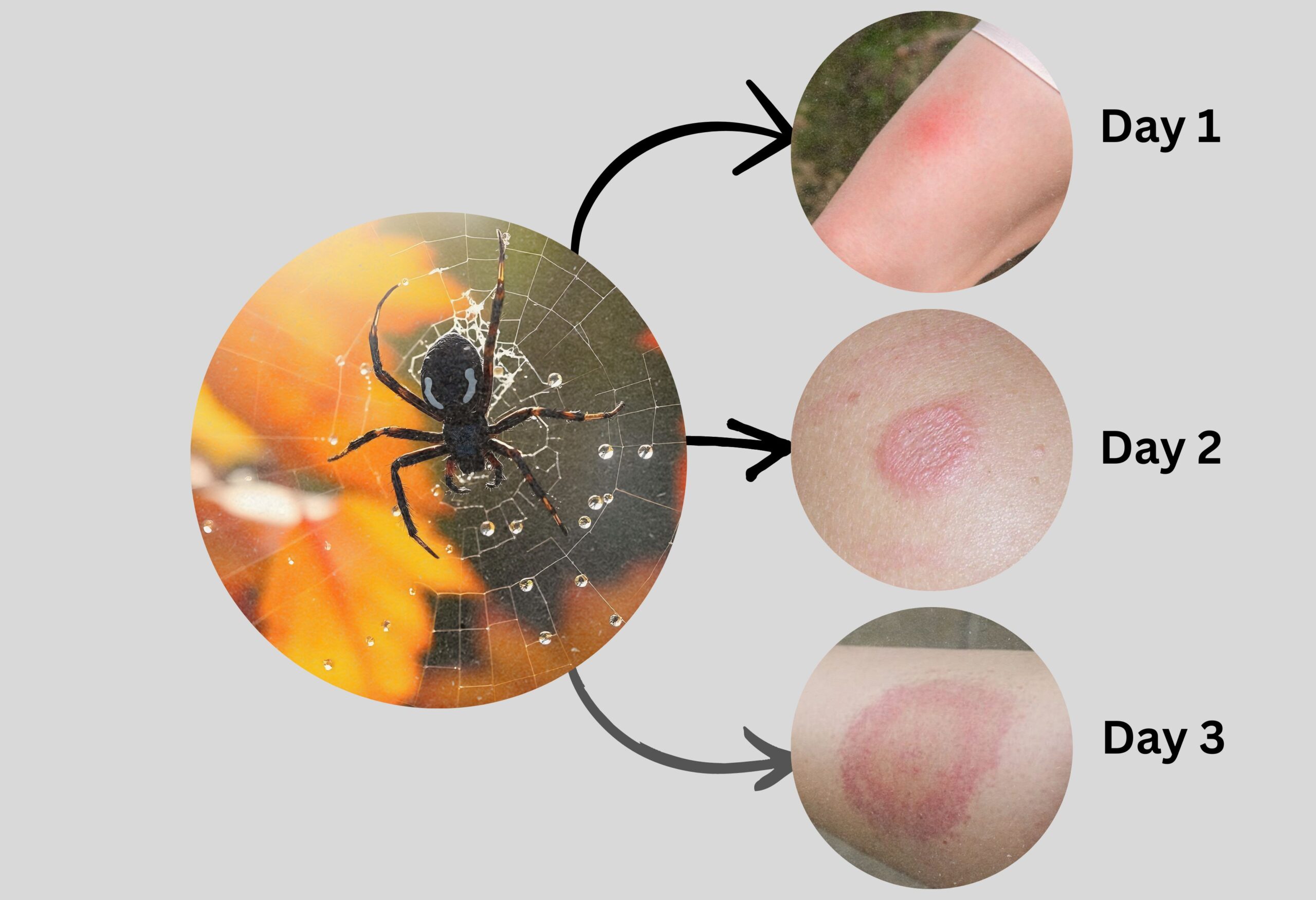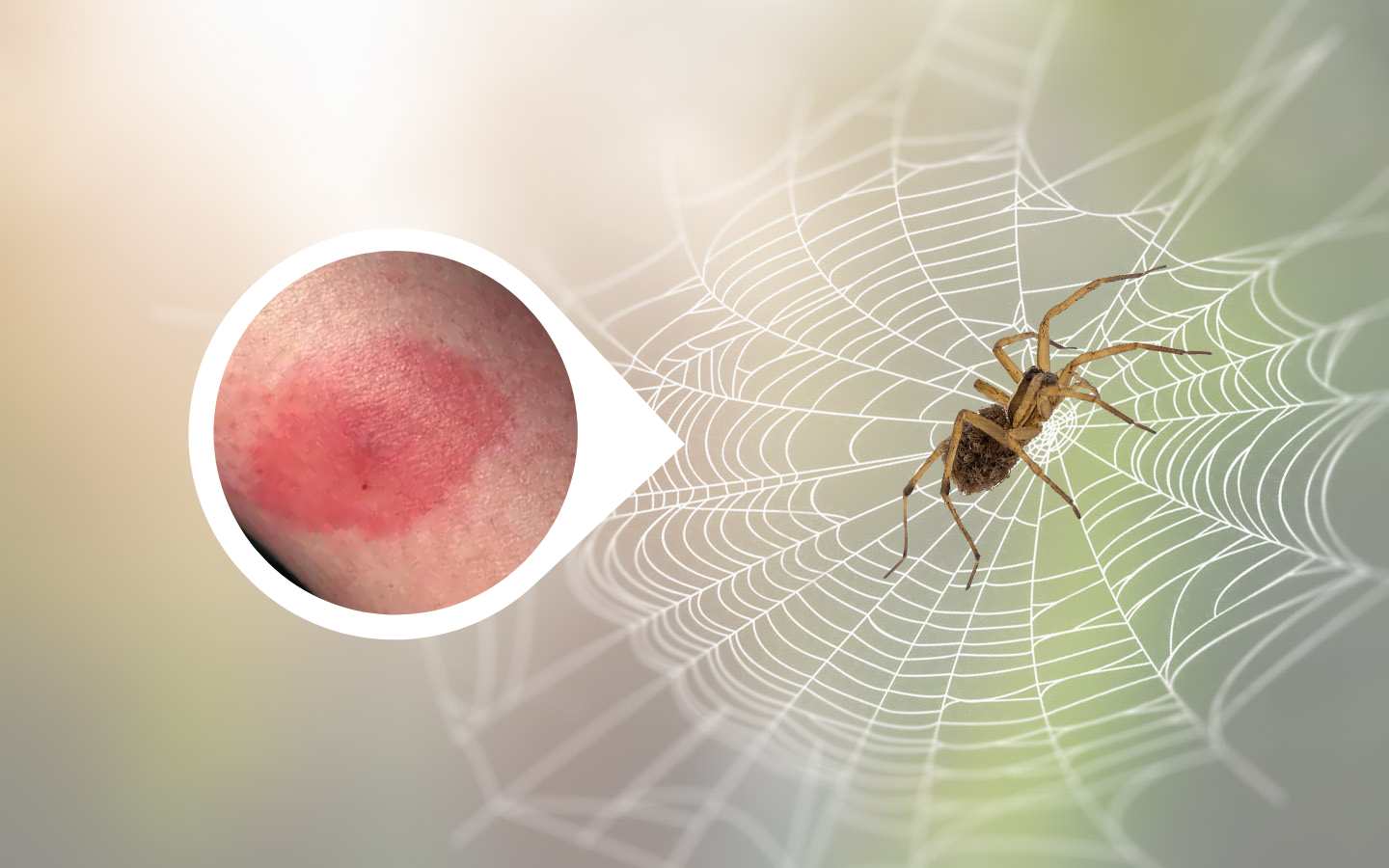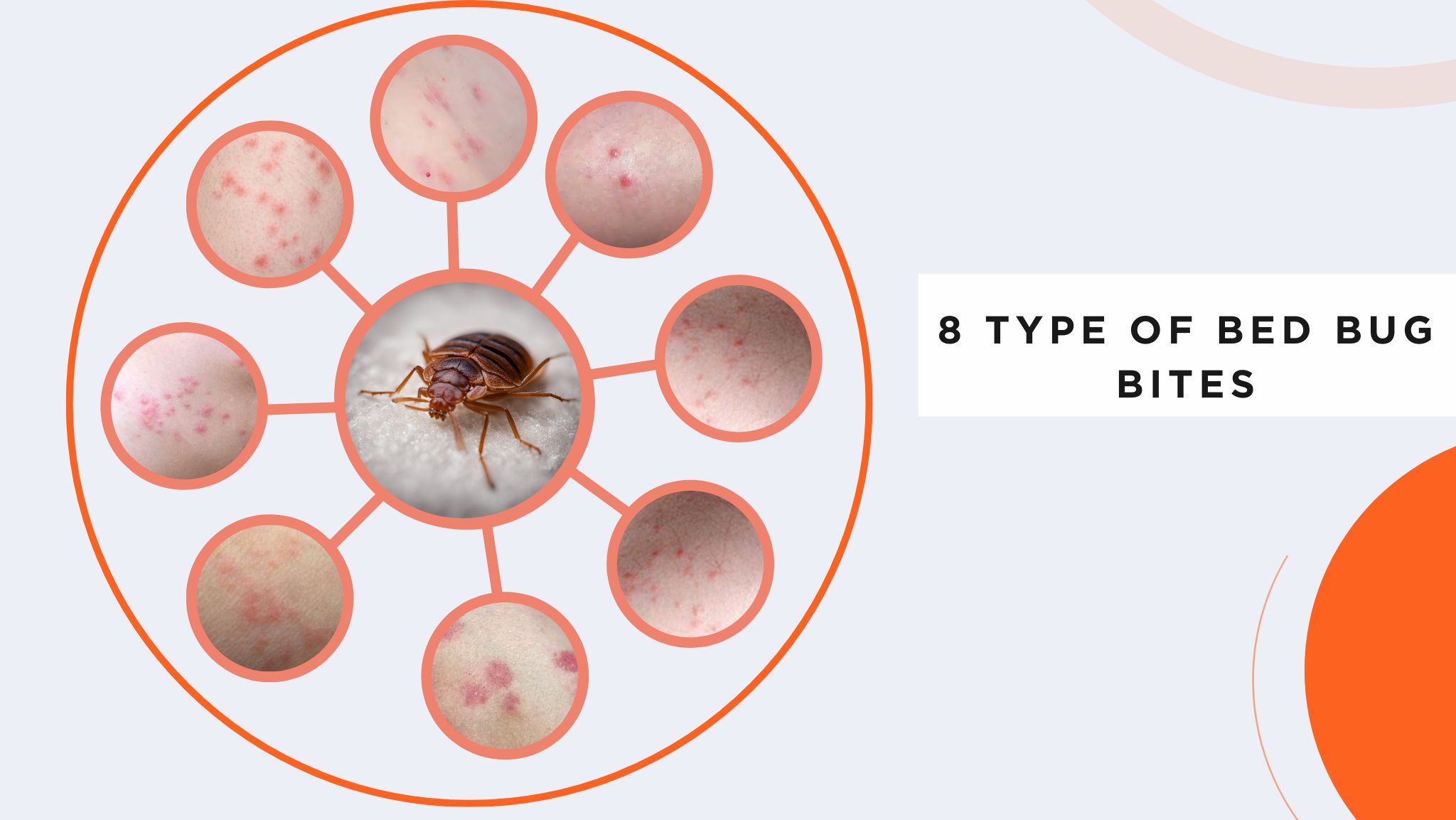Living in Florida has its perks—sunshine, beautiful beaches, and a tropical atmosphere. However, it also comes with its fair share of surprises. Recently, I had an unexpected visitor in my home that sent shivers down my spine—a Brazilian Wandering Spider. As I navigated through this unnerving encounter, I delved into understanding this intriguing arachnid and unearthed seven fascinating facts about the Brazilian Wandering Spider.
Unexpected Visitor:
Imagine my surprise when, living in sunny Florida, I found myself face to face with a Brazilian Wandering Spider. This eight-legged visitor wasn’t your typical household spider—it was a creature straight out of a wildlife documentary. With a leg span that seemed to stretch for miles and those unmistakable red fangs, it was a sight that sent shivers down my spine.
Intimidating Fangs:
The first thing that caught my eye were those red chelicerae, poised and ready for action on its abdomen. It was like a warning sign that I had an unwelcome guest in my home. I couldn’t help but marvel at the sheer size and agility of this arachnid as it gracefully moved along the walls of my living room.
Venomous Trepidation:
As I observed from a safe distance, the realization hit me—the Brazilian Wandering Spider is known for its venomous bite. The mere thought of those potent neurotoxins coursing through my veins was enough to send a chill down my spine. I quickly decided that this was not a creature to be dealt with lightly.
No Webs, Just Wanderers:
Unlike the common house spiders that spin intricate webs in corners, this spider was a wanderer. True to its name, the Brazilian Wandering Spider doesn’t bother with the whole web-building routine. Instead, it actively roams around, and that’s probably how it ended up in my living room in the first place.
Aggressive Standoff:
As I mustered the courage to guide it out of the house, I was met with an unexpected display of aggression. The spider raised its front legs, showcasing those fearsome fangs, and warned me not to underestimate its capabilities. It was a standoff between a curious human and a defensive arachnid.
Out-of-Place in Florida:
Living in Florida, encountering exotic wildlife isn’t unheard of, but a Brazilian Wandering Spider was certainly unexpected. These creatures are native to the rainforests of South America, so how did one end up in my Sunshine State abode? The mystery behind their presence outside their natural habitat adds an extra layer of intrigue to the encounter.
Maternal Instincts:
As I cautiously observed the spider, I couldn’t help but wonder about its life cycle. Learning that the females exhibit maternal care by creating silk sacs to protect their eggs was both surprising and fascinating. It added a touch of complexity to this creature that, moments ago, I saw as nothing more than a potential threat.
My Personal Encounter
It was a typical evening in my Florida home when I stumbled upon this eight-legged visitor. Startled, I cautiously observed its intricate movements as it traversed the walls of my living room. The distinctive red fangs immediately caught my attention, triggering a mix of fascination and concern. Unsure of how to handle the situation, I decided to document the encounter and seek professional assistance.
Aggressive Defensive Posture
When confronted, the Brazilian Wandering Spider doesn’t shy away from displaying its aggressive defensive posture. My attempt to gently guide it out of the house was met with an intimidating display—raised front legs, exposing those red fangs, and a readiness to strike if I posed a threat. It was a reminder of the potential danger these spiders pose and the importance of handling them with care.
Reproduction and Maternal Care
One surprising fact about the Brazilian Wandering Spider is its unique approach to reproduction. The female constructs a silk sac to protect her eggs and carries it with her. Unlike many spider species, the mother doesn’t abandon her eggs but actively guards and cares for them. Witnessing this maternal instinct adds a layer of complexity to the creature that goes beyond its fearsome reputation.
Importance of Professional Assistance
Given the potential dangers associated with the Brazilian Wandering Spider, seeking professional assistance is crucial when encountering one in your home. I promptly contacted local pest control services that specialize in handling venomous spiders. Their expertise ensured the spider was safely removed without posing a threat to me or my household.
Conclusion
Encountering a Brazilian Wandering Spider in my Florida home was undoubtedly an unexpected and nerve-wracking experience. However, it opened the door to a deeper understanding of these fascinating arachnids. From their distinctive appearance to the potent venom they carry, the Brazilian Wandering Spider remains a creature worthy of both caution and appreciation. As I bid farewell to my unexpected guest, I couldn’t help but marvel at the intricate world of nature that often finds its way into our daily lives, even in the most unexpected places.

